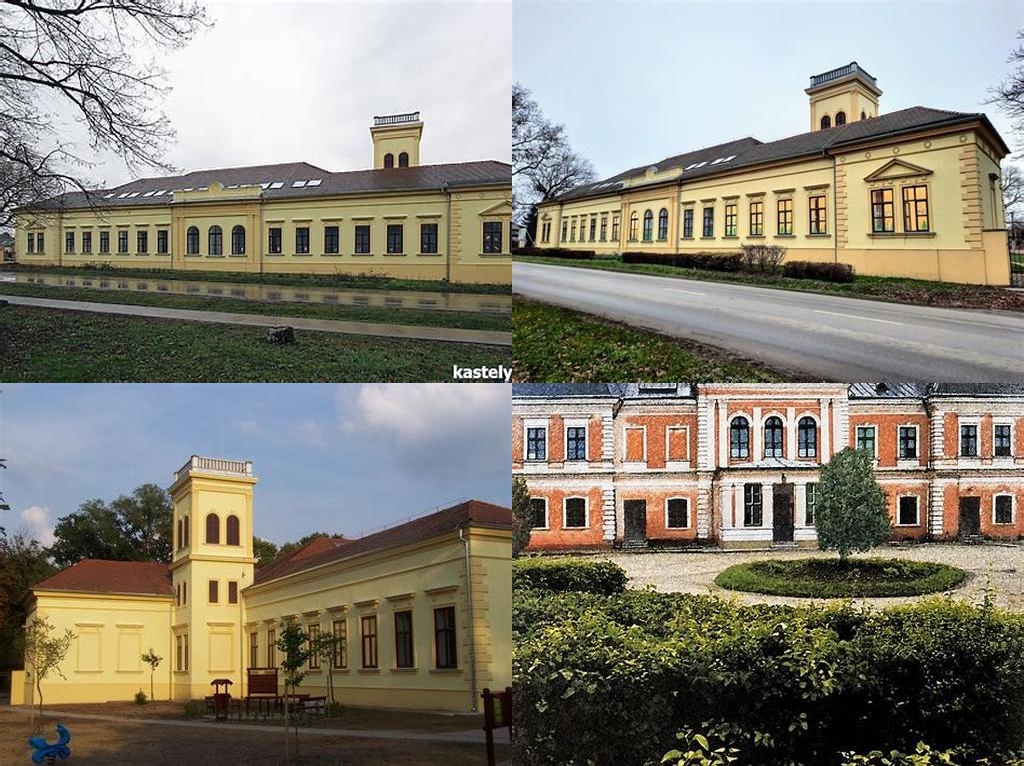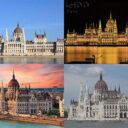
Brázay-kastély in the quiet village of Pellérd isn’t one of those places splashed across every Hungarian tourism brochure—which is, if you ask me, kind of perfect. Stepping into its grounds means stepping into a blend of local history, rural calm, and an architecture that drops just enough detail to pique your curiosity, without overwhelming you like the palatial estates up in Budapest or the sprawling baroque mansions of other more famous Hungarian towns. There’s almost a sense of exclusivity that comes with knowing about Brázay-kastély, as if those who visit have tapped into something delightfully off-the-beaten track.
Let’s rewind a bit: The mansion was erected in the late 19th century (precisely, construction wrapped up in 1898). This was the brainchild of György Brázay, a figure whose story feels woven into the changing fabric of Hungary itself at this period. Brázay wasn’t your run-of-the-mill aristocrat—he was a successful pharmacist-turned-industrialist, and his fortune allowed him to invest in a rather unique manor rather than something more ostentatious. Walk up to its façade and you’ll immediately spot that the building’s style is different from other nobility houses scattered across the country. There’s a fresh blend—a touch of historicism, sure, but also elements that hint at the evolving taste and optimism of fin-de-siècle Hungary.
But the charm of Brázay-kastély is more than just stone and stucco. One of the mansion’s quirks is its park, a planned green space that still hints at the original landscaping today. Large maples and oaks, along with a collection of exotic trees, create a soft, shaded oasis that’s especially inviting on a hot summer afternoon. You can bring a blanket, sprawl out, and it’s very likely you’ll have the space all to yourself—no jostling for that perfect picnic spot, no echo of loud tour groups. It’s easy to imagine the early 20th-century residents enjoying the same peace, perhaps lingering with a book and a glass of wine beneath the same boughs, the calm only broken by the distant slow rhythm of rural life. The mansion’s horseshoe-shaped layout fits perfectly into this environment, inviting you to wander along its wings and peer through tall, wooden windows into rooms that have witnessed over a century’s worth of laughter, change, and family gatherings.
By the way, there’s something truly fascinating in the details if you take your time looking 👀. The external ornamentation features delicate plasterwork—small medallions and touches of art nouveau influence. While the mansion doesn’t wear its history loudly, little elements will jump out, especially if you have even a passing interest in architecture. Some windows are framed by subtle columns or decorated cornices, and, inside, whispers of original stenciling and plasterwork remain, preserved through careful restoration. Even if you’re not an expert, the atmosphere inside makes it easy to imagine what life might have been like when the Brázay family played host to visitors from nearby Pécs or even farther afield. There’s a satisfying depth to letting your imagination fill in the blanks as you tiptoe across the creaking wooden floors.
For decades, Brázay-kastély has lived many lives outside its original intent. It has functioned as everything from a noble’s retreat to a community cultural center and, at times, has embodied the shifting needs of a changing nation. In the wake of World War II and during the socialist era, like so many grand Hungarian homes, it was nationalized and repurposed, cementing its role as a fixture in the local community in both expected and surprising ways. Each transformation left its imprint, giving the whole mansion a patchwork quality that makes each visit feel genuinely unique. Exploring the rooms and hallways means stumbling upon memories embedded in the building—there are always new stories to uncover, both told and untold.
What ultimately makes a trip to Brázay-kastély in Pellérd memorable isn’t just checking another sight off your bucket list; it’s the feeling that you’ve encountered a slice of Hungarian history that’s alive, layered, and a little mysterious. After you’ve wandered the mansion and breathed in the quiet of the park, you might realize that sometimes the best places to visit aren’t the ones with the biggest crowds or flashiest photos, but those that let you uncover a story at your own pace—and ask, in their gentle and unrushed way, that you come back again to see what you might have missed.





